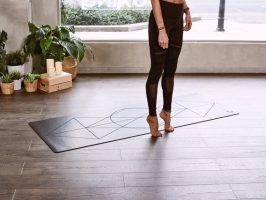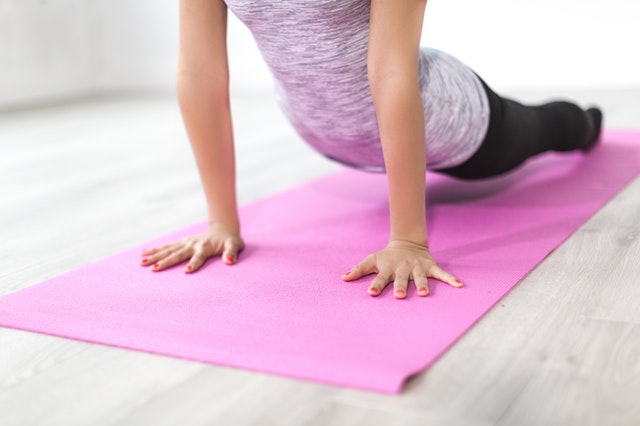It is an undeniable fact that water is the most important element of our life. We cannot live without water (that’s why we have slimline tanks!). But we are also facing a global water crisis, and there are predictions that the drinkable water on earth might “run out” after some years. Therefore, the conservation of water is the most important thing we can do right now, and saving rainwater is one of the best ways to do this. We are facing a serious kind of environmental change due to the lack of rain and, in most of the areas, we are facing dry spell. Therefore, it is very important to utilize rainwater in a better way, to prevent drought. The best way to conserve water is rainwater harvesting. In this process, the rainwater is collected and filtered to use the rainwater in the time of need and to do the various tasks. The rainwater harvesting technique is mostly used to store the water of rain and use it when there is a dry spell or drought.
Drought is a moisture deficiency that affects agricultural systems and crops. During a drought, crops do not get the required water quality and quantity to thrive. The drought is the drier period that causes water-related issues. It is caused by the uneven rainfall pattern across the country or in a specific area. The soil can be dried out if the amount of rainfall is equal to zero or very little for months, weeks or years. The low rainfall increases the water supply problem and damages the crops. In most of the rural areas, the groundwater is drying up and the catchment of rainwater has become a necessity. Along with all the problems and issues that humans are facing in various forms but there are hardly any problems that remain unsolved by humans. They have found the solution to drought by saving the water of rainfall using different ways to moisturize the soil during the dry spell.
70% of the earth’s surface is covered with water, but almost all that water is salty and only 0.003% of water is fresh. In most of the areas of the world, the main source of freshwater is through the annual rainfall. If we desalinate the rainwater, then we can have a huge amount of freshwater, but it is not as easy as might think. For the desalination of the water, you need a good amount of fossil fuels to produce heat to boil and condense the water. Once the water is saved, you can use it to water the soil in the proper quantity.
Rainwater harvesting has become the most popular method to conserve rainwater in the home. In Melbourne many people have water tanks that they use to save rainwater, in case of a dry spell. The rainwater harvesting provides rural and urban areas with an advantage to save the rainwater to use it at the time of drought.
The climate drought is unavoidable, and the crops get damaged because they do not get the required amount of water. This sometimes means people have to go for long periods with a shortage of food. The preserved rainwater can be your saviour in these moments of stress, as it enables you to fight against the drought, instead of just sitting there, powerless, and watching the devastation.
The importance of rainfall harvesting can be understood by the many ways it can be used to secure a better future for families and communities. The stored water can also be utilized to revitalize the water level in the ground, to improve its quality. The conservation of rainwater is the best alternative and source of water supply even during the drought.


